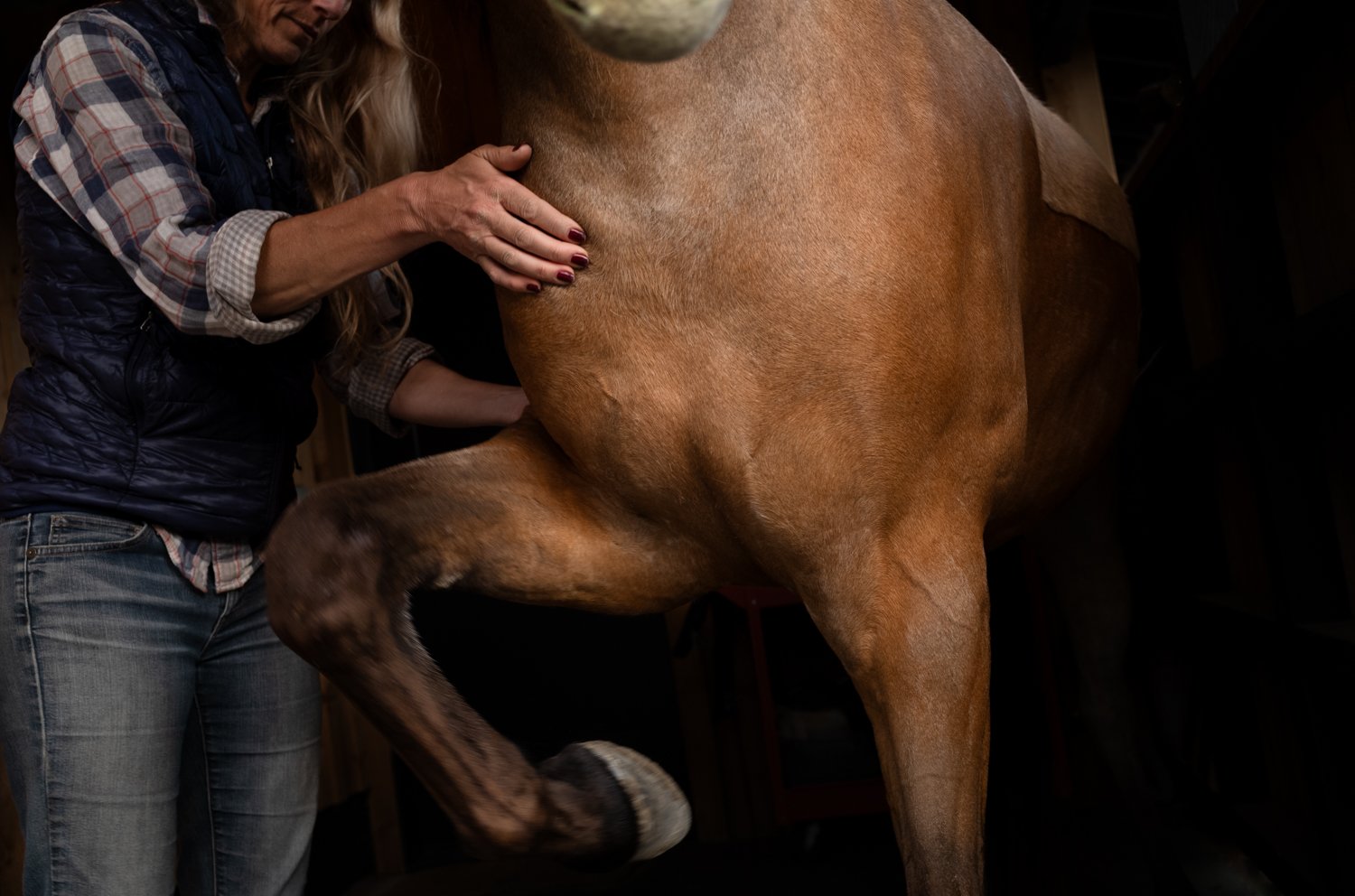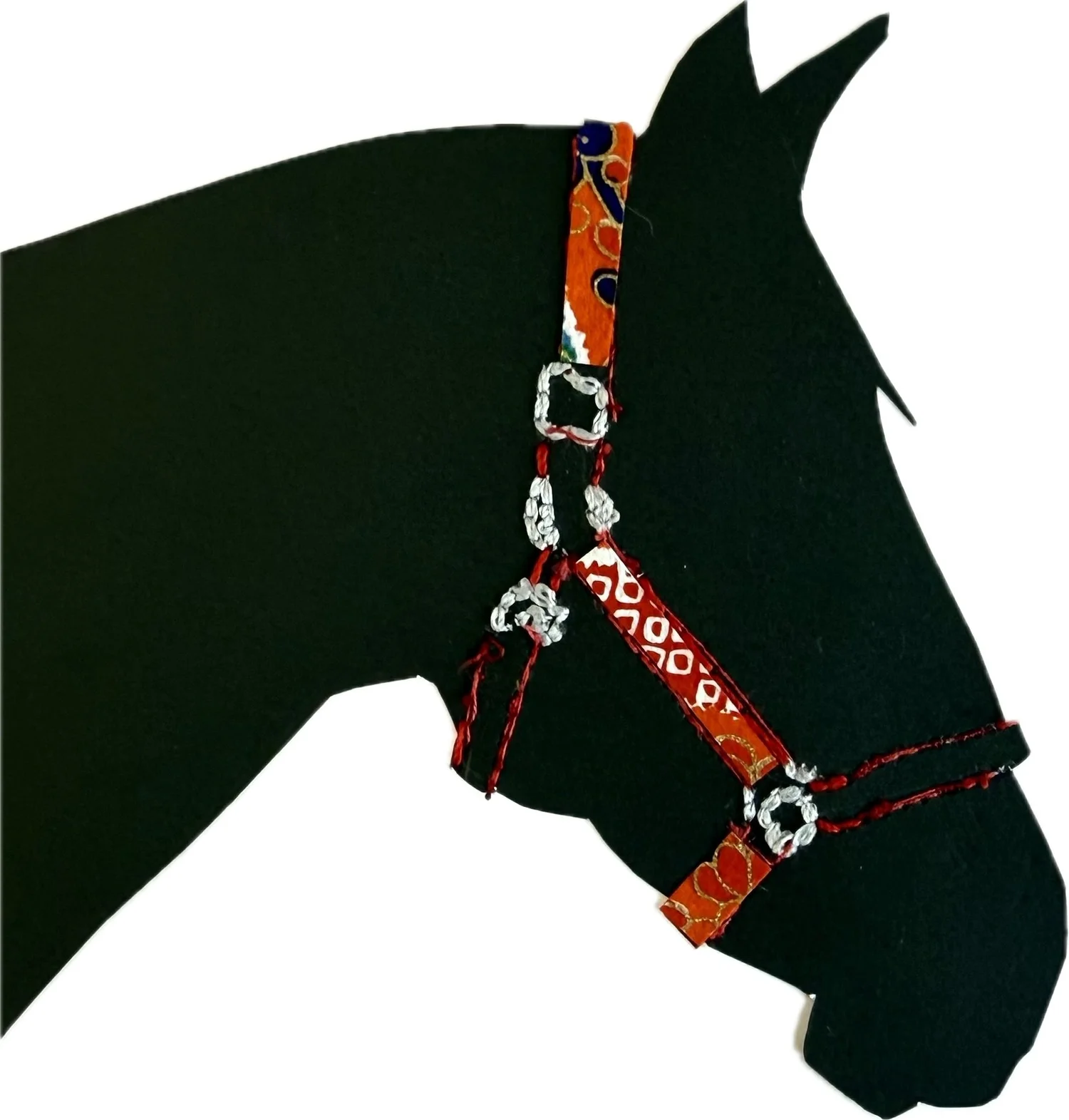
Frequently asked questions
What is the Difference Between Structural Integration and Rolfing?
Rolfing is Structural Integration and Structural Integration is Rolfing. The term Rolfing is used by practitioners who attended founder Dr. Ida Rolf’s school in Boulder, Colorado, The Rolf Institute.
Why is an SI series for Humans 10 sessions and an SI series for horses only 5 sessions?
Horses can absorb more work within a single session than humans. Meaning, they can tolerate and integrate the effects of the work in a more condensed number of sessions. However, these sessions are still strategically placed over a ten to twelve-week period, as with humans.
What is the Typical Timing of the 5-series sessions?
The typical horse will follow this patten: Session 1 then wait 1 week for Session 2 then wait 2 weeks for Session 3 then wait 3 weeks for Session 4. Then it can vary depending on the horse with a wait of between 3 & 5 weeks before Session 5. If a horse’s compensation patterns are unwinding quickly, more time is given between so that he can get used to his new way of going. If a horse is unwinding more slowly, then the sessions are placed closer together so that more assistance can be given.
Is structural integration appropriate for my horse?
Horses in light to heavy workload benefit most from Structural Integration. Horses in no to very light work can benefit from Foundational SI Sessions (Session 1 - superficial connective tissue network focus) with regularity or an Integrated Bodywork Session would also be appropriate. Horses with necessary compensation patterns (from old age or laminitis for example) are not candidates for SI and would be better served via an Integrated Bodywork Session with a massage basis and a focus on relaxation and comfort.
What are the contraindications for Equine SI and General Equine Bodywork?
Bodywork, especially SI, should not be performed if the following are present/active: Systemic fever or infection, contagious skin conditions, congestive heart failure, bone cancer (due to how mast cells react), new surgical site, basal membrane degeneration, shock, or torn muscles, tendons or ligaments prior to vet approval.
What areas are served by poised equine?
Tory is currently the only Equine Structural Integration Therapist in South Central and Southern California. She has regular days each month where she services Ojai, Santa Barbara, Santa Ynez Valley, SLO/Paso Robles, Ventura County, and San Diego/Rancho Santa Fe. She also travels to Washington & Arizona with regularity. Please reach out with requests for other areas.
Does the state of California have requirements for equine bodyworkers?
No. California is an unregulated state regarding equine bodywork with neither licensing nor certification being mandatory. That also means there is no minimum education requirement. In other words, someone can provide services with minimal education (20-hour certificate for example) and no oversight. So as an owner, it is important to ask questions of providers to determine experience level and knowledge base, especially if your horse has deeper or more complicated needs.
